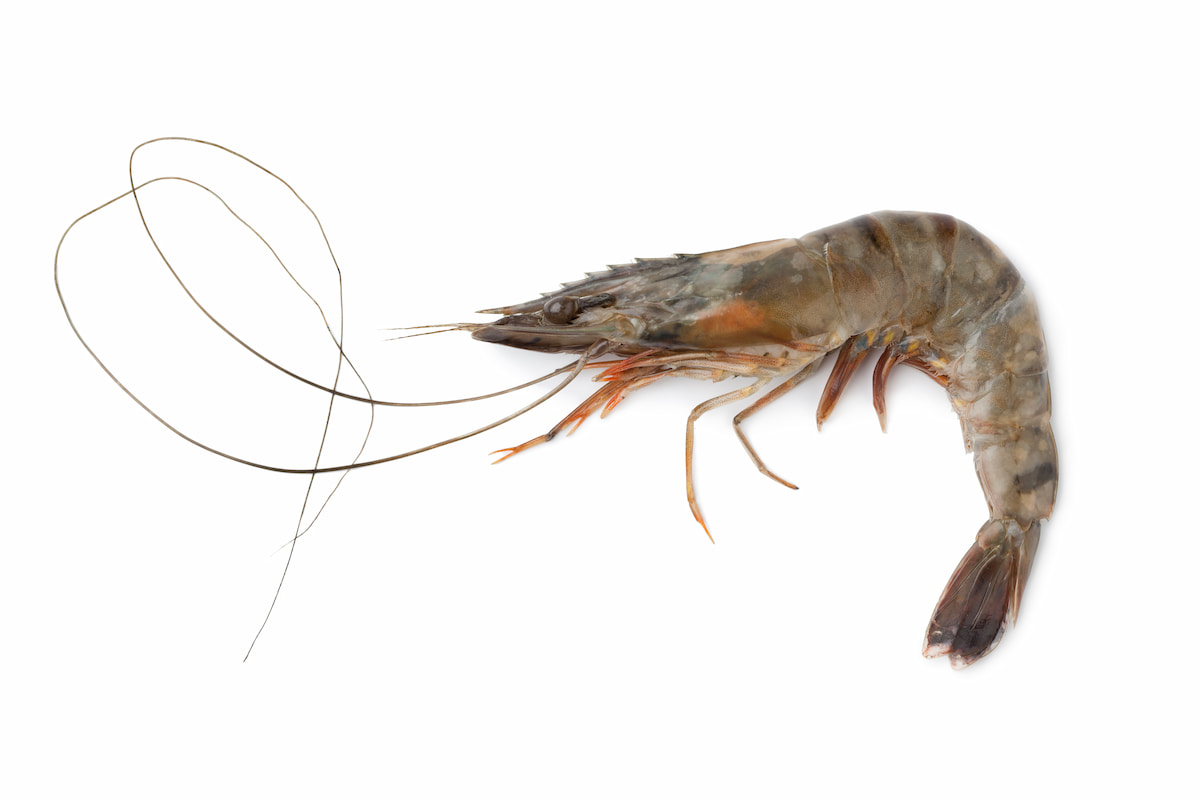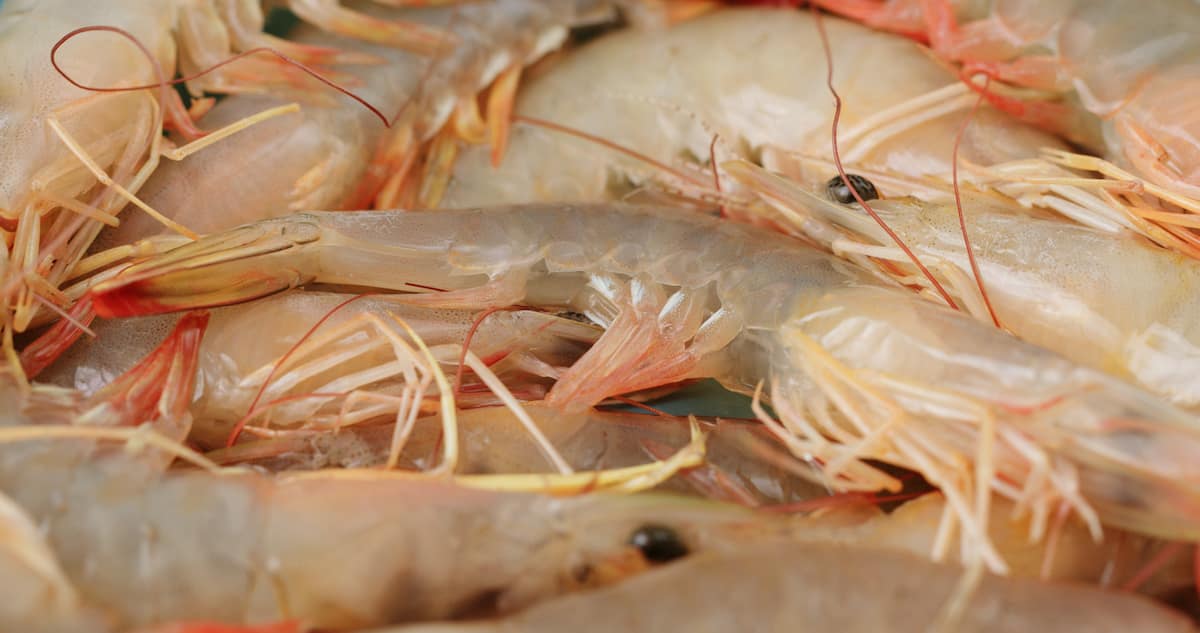Tiger prawn farming is a lucrative business opportunity that offers significant potential for profitability. However, starting a successful tiger prawn farming venture requires careful planning, research, and implementation of appropriate farming practices. From selecting a suitable location to managing disease and pests, there are several steps involved in tiger prawn farming.

How to Start Tiger Prawn Farming in 10 Steps
Research and Feasibility Study
Before starting any farming venture, conducting thorough research and feasibility study is essential. This study will help you understand the market demand, potential profitability, and possible challenges associated with tiger prawn farming. You can also seek the advice of an experienced tiger prawn farmer or a professional consultant in aquaculture to guide you through the process.
Suitable Location
Tiger prawn farming requires a suitable location with easy access to a reliable water source, ideally from a clean and uncontaminated water source. You must also consider the area’s climatic conditions, including temperature, rainfall, and wind. Additionally, the site should be free from pollutants and chemicals that can harm the prawns.
Build a Suitable Pond
The next step is to build or buy a suitable pond for the prawns. The pond should be large enough to accommodate the number of prawns you intend to rear and have proper drainage and water circulation systems. You can either construct a new pond or renovate an existing one to meet the requirements of tiger prawn farming.
Prepare the Pond
After building or acquiring a suitable pond, the next step is to prepare the pond for stocking. This involves cleaning the pond and removing any debris, weeds, and other contaminants that may affect the quality of the water. You also need to add the necessary chemicals to balance the pH level of the water and create an ideal environment for the prawns.
Choose Quality Juveniles
Choosing quality tiger prawn juveniles is crucial to the success of your prawn farming venture. You can purchase the juveniles from reputable hatcheries that specialize in prawn farming. When selecting juveniles, look for healthy, active, and free from any signs of disease or deformity. It’s also essential to ensure that the juveniles are of the right size and age for your pond and farming system.
Stock the Pond
Once you have prepared the pond and selected the appropriate juveniles, the next step is to stock the pond with prawns. Make sure to follow the recommended stocking density and avoid overstocking the pond, which can lead to poor growth and increased disease incidence.
Feed and Manage
Tiger prawns require a balanced diet with nutrients for growth and development. They are omnivorous and can consume various foods, including algae, plankton, and commercial feeds. You can feed them natural and artificial feeds, such as pelleted, powdered, or extruded feeds. Ensure the feed is high-quality, free from contaminants, and appropriate for the prawns’ size and age. Additionally, feed them in small amounts and frequently to prevent overfeeding and reduce the risk of water pollution.
In case you missed it: Top 10 Shrimp/Prawn Diseases: Symptoms, Causes, Prevention, and Control

Maintaining good water quality is crucial for the health and growth of tiger prawns. You must regularly monitor the water quality parameters such as temperature, pH, dissolved oxygen, ammonia, nitrite, and salinity. If the water quality is poor, it can lead to stress, diseases, and poor growth. You can maintain good water quality by providing adequate aeration, filtration, and regular water exchange. Additionally, you can use natural or artificial means to improve the water quality, such as adding probiotics, beneficial bacteria, or other water conditioners.
Monitor and Control Diseases and Pests
Tiger prawns are susceptible to various diseases and pests, affecting their growth and overall health. You must regularly monitor the prawns for any signs of diseases or pests and take appropriate measures to control them. This may involve using antibiotics, probiotics, or other disease control measures recommended by an experienced aquaculturist.
Harvest and Market
The harvest time of tiger prawns varies depending on the species and farming method. When the prawns reach the desired size and weight, you can harvest them using a net or other suitable equipment. Once harvested, you need to market the prawns to local markets or restaurants or sell them to prawn processing plants.
Improve and Expand the Farm
To ensure the long-term success of your tiger prawn farming venture, you need to improve and expand the farm continuously. This may involve upgrading the pond or farming system, adopting new technologies or practices, and exploring new markets or sales channels. You can also seek to diversify your farm by incorporating other aquaculture or agriculture ventures that complement tiger prawn farming.
In case you missed it: Frequently Asked Questions About Shrimp/Prawn Farming

Feeding them a high-quality diet is essential for successful breeding, and you may need to provide additional supplements to ensure they receive adequate nutrition. As the female tiger prawn matures and prepares to lay eggs, you will notice a darkened spot on her abdomen. You can then transfer the eggs to a separate hatching tank, where you can control the temperature and water conditions to ensure optimal hatching rates. Once the eggs hatch into larvae, you can gradually introduce them to larger tanks and continue to feed and care for them until they reach maturity.
Conclusion
Starting a tiger prawn farming business can be rewarding and profitable if done correctly. You can build a successful and sustainable tiger prawn farming business with the right knowledge, resources, and dedication.
- Feed Your Flock for Less: Top 10 Tips to Save on Chicken Feed
- Ultimate Guide to Ossabaw Island Hog: Breeding, Raising, Diet, and Care
- Hatching Answers: The Top 10 Reasons Your Chickens Aren’t Laying Eggs
- Eggs and Economics: Breaking Down the Cost of Raising Backyard Chickens
- Defend Your Greens: Proven Methods to Keep Iguanas Out of Your Garden
- Ultimate Guide to Cinnamon Queen Chicken: A Comprehensive Guide for Beginners
- Ultimate Guide to California Tan Chicken: Breeding, Raising, Diet, Egg-Production and Care
- Ultimate Guide to Marsh Daisy Chicken: Breeding, Raising, Diet, and Care
- 10 Types of Chicken Farming Businesses You Can Start for Profits